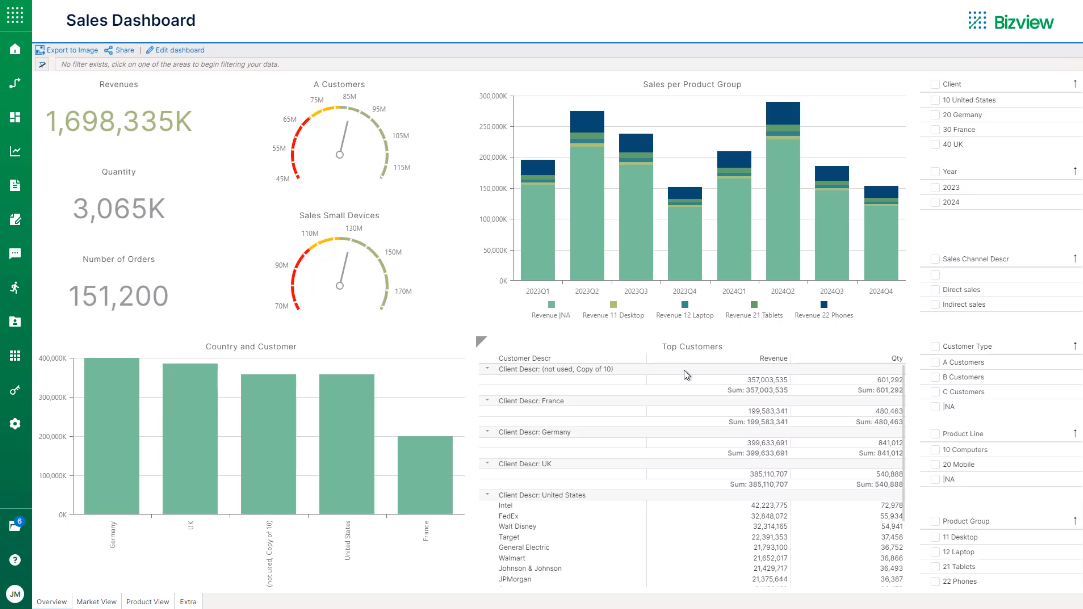
Scenario Planning
Look ahead with confidence and gain clarity on your business direction. With the market in a state of flux, accurate scenario planning has never been more important.
Enable Informed, Efficient Decision-Making
Gain the ability to quickly evaluate a wide range of scenarios with multiple variables. Including scenario planning in your planning process will ensure your organization is prepared for anything.
ERPsmarts
Simplify the technical complexity of the underlying data source so business users can create reports without relying on IT.
Efficient, Accurate Forecasts
By considering multiple scenarios as part of your planning cycle you can be sure you have up-to-date, accurate data to underpin decisions.
Collaborative Planning
With more people participating in the planning process via intuitive, accessible tooling, you start to build a sharper, more accurate plan.
Excel or Browser Access
View data in the way that works best for you. Excel or a web-based dashboard – it's your choice.
Direct Source Data Connectivity
Refresh your reports and dashboards at any time to ensure you always work with the latest data straight from the source.
Analyze More Data
Connect to more data sources and enable greater granularity in your analysis, opening the door for more modern planning techniques.
Boost the Quality of Planning
Scenario planning need not be a monumental task. With direct ERP connectivity you can overcome the common challenges to quickly and easily produce informative plans that help stakeholders make the right business decisions.
2022 Hanover Research - Operational Reporting Global Trends Report
USE CASES
Scenario Planning in Action
Discover how and where you can use scenario planning within your organization to enhance business decision-making.
Risk Management – Scenario planning can be used to anticipate and manage risks that might impact the business, such as changes in regulations, shifts in consumer preferences, or economic downturns. By identifying potential risks and developing contingency plans, businesses can minimize their exposure to potential losses and maintain continuity of operations.
Strategic Planning – Inform strategic planning by exploring alternative futures and their potential impacts on the business. This can help businesses identify new opportunities, risks, and challenges, and make more informed decisions about where to invest resources.
Visualization – Visualize different scenarios to understand their potential impact. Data visualization and graphical representations of the different scenarios add context and help stakeholders make informed decisions.
Supply Chain Management – Scenario planning can be used to manage supply chain risks by anticipating potential disruptions, such as natural disasters, political instability, or supply chain bottlenecks. By identifying potential risks and developing contingency plans, businesses can maintain continuity of operations and minimize the impact of supply chain disruptions.
Reduce Compliance Risk – Adopt relevant software and a standardized reporting framework. This eliminates the risk of relying on calculations in spreadsheets, and reduces the time needed to check, double-check, and validate the data that tax receives. By using dedicated software instead of spreadsheets for scenario planning, tax teams can bring huge efficiencies to the process.
Prepare for Changes – Help your organization prepare for upcoming challenges or shifting circumstances. New corporate tax laws, for example, can be planned for before they go into effect with a tax solution that has access to corporate financial data. This allows your organization to be more agile, anticipating and addressing future changes instead of always reacting after the fact.
More Frequent Forecasts – Organizations can move to a more frequent cadence of scenario planning and reporting, migrating from quarterly to monthly forecasts based on the updated scenarios and underlying data. This grants leaders a far more accurate picture of an organization’s tax posture.
Boost Tax Team Value – Tax has often been seen as a cost center because teams have historically not had the time or resources to do additional work outside of accounting activity and revenue protection. With the right software tax can provide value-added initiatives and opinions that contribute to the success of the overall business.

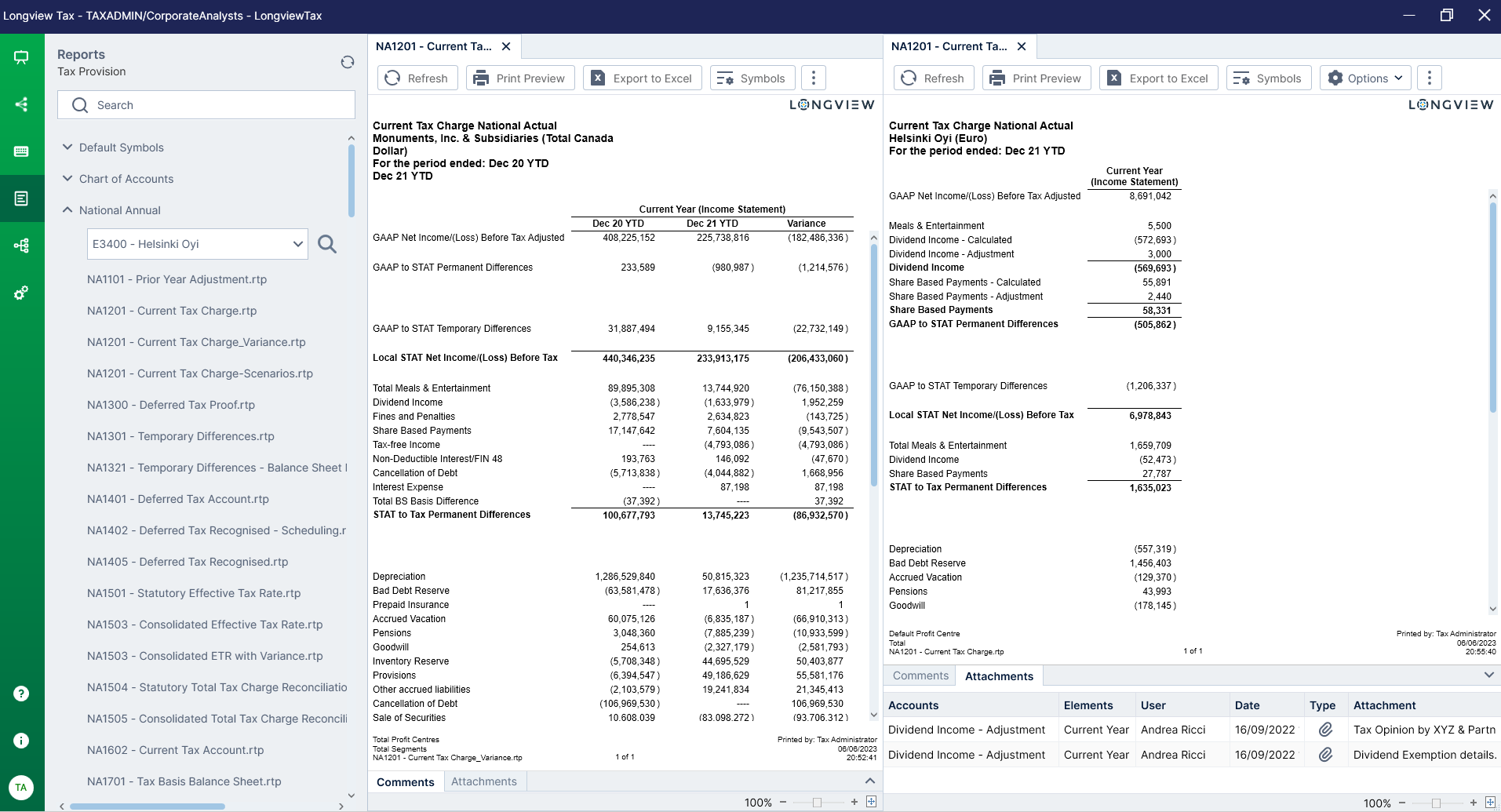
Faster, More Accurate Decision Making
Speed is of the essence for modern finance teams. Rigid manual planning processes lack the flexibility and speed to model and test multiple future scenarios. Enable autonomous scenario planning that doesn’t rely on IT to boost your team’s output and build trust within your stakeholders. With an intuitive web-based, spreadsheet-like interface, you can create any type of budget, forecasting, and planning form for a robust and cohesive planning process, without the need to work with multiple spreadsheets saved on individual PCs.
Connect with Us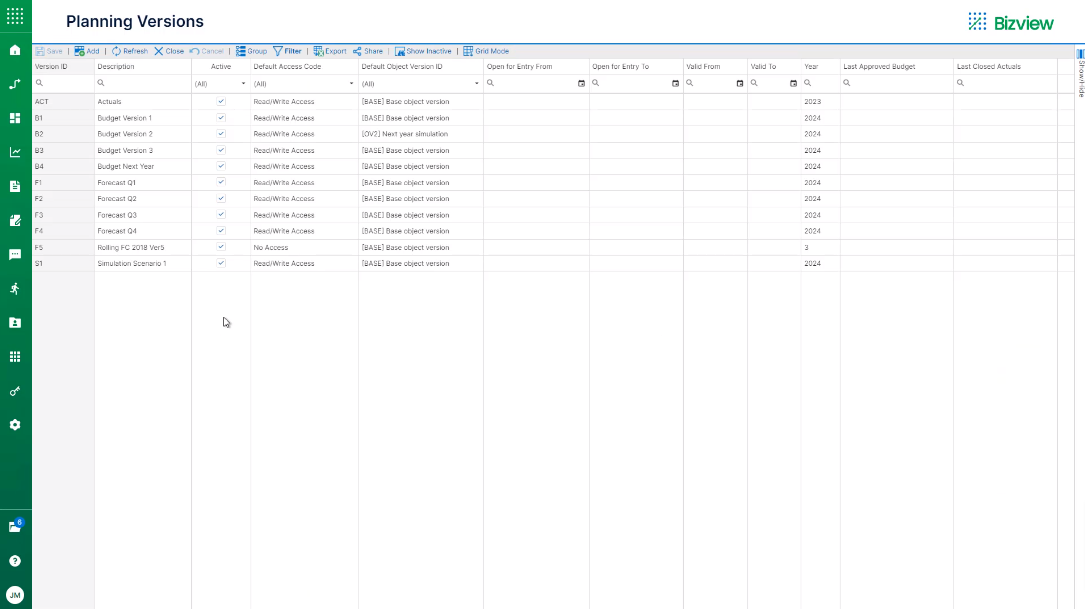
Shorter Planning Cycles Boost Agility
Adjust and adapt your plans and forecasts throughout the year. Use rolling forecasts to drive agility and accuracy across the organization. Users login and enter their figures, and the system automatically updates forecast figures with a single click. Change existing models on the fly to adapt to evolving business needs. Keep track and compare your previous figures with built-in version control.
Connect with Us
Reduce Risk of Errors in Your Planning
Manual spreadsheet-based what if analysis is slow, error-prone, and unable to scale. Due to their complexity and susceptibility to manual entry errors, creating agile scenario plans and rolling forecasts is simply not feasible in spreadsheets. By connecting your planning to source data, you dramatically reduce the risk of error and ensure your stakeholders are working with the latest information.
Connect with UsProducts
Scenario Planning Options for Your Source Systems
Discover the scenario planning option that is right for your organization. These products form part of insightsoftware’s portfolio of unified, modular applications. By bringing together multiple insightsoftware applications in one place you can address your business needs faster and with less risk, by picking and choosing the capabilities you need across reporting, budgeting and planning, and controllership.
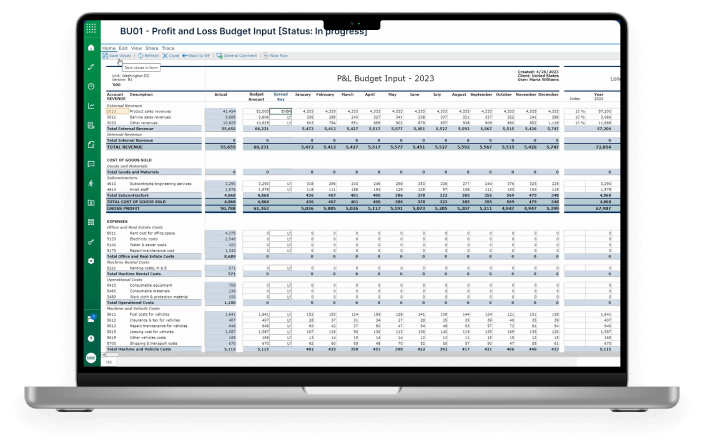
Bizview
Fast, integrated, web-based budgeting, planning and forecasting designed for growing mid-sized businesses needing a scalable solution.
- Shrink planning cycles and improve team productivity
- Support ongoing and continuous planning
- Increase planning transparency and accuracy
- Scale and adapt to your growing business needs
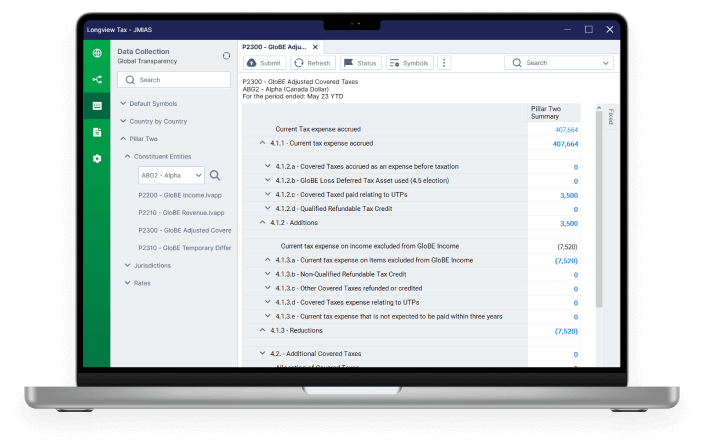
Longview Tax
Flexible, cloud-based corporate tax software that improves the tax function across companies, designed for large entities with complex needs in foreign exchange or complex organizational structures headquartered in North America, EMEA or elsewhere.
- Close faster while reducing dependencies on other departments
- Eliminate costly consequences of error prone manual tax management
- Establish single source of truth that promotes strategic analysis
FAQ
Scenario planning is a strategic planning method that involves developing and analyzing multiple possible future scenarios or outcomes to prepare for potential changes in business or market conditions.
Scenario planning helps organizations prepare for potential changes or disruptions by providing a framework for identifying and analyzing alternative future scenarios. It can help organizations make informed decisions and adapt to changing circumstances more effectively.
Market Disruptions: Scenario planning can help businesses anticipate potential market disruptions, such as changes in consumer behavior, technological advancements, or economic downturns. By developing multiple scenarios, businesses can prepare contingency plans and identify opportunities to adapt or pivot their strategies.
Supply Chain Disruptions: The COVID-19 pandemic has highlighted the importance of scenario planning for supply chain disruptions. By mapping out different scenarios, businesses can identify potential risks and develop strategies to mitigate them. This may involve diversifying suppliers, building redundancies into the supply chain, or developing alternative sourcing strategies.
Strategic Planning: Scenario planning can be used to inform strategic planning by exploring alternative futures and their potential impacts on the business. This can help businesses identify new opportunities, risks, and challenges, and make more informed decisions about where to invest resources.
Risk Management: Scenario planning can also be used as a risk management tool, by identifying potential risks and developing contingency plans to address them. This may involve developing response plans for natural disasters, cyber-attacks, or other crises.
Overall, scenario planning can be a powerful tool for businesses to prepare for an uncertain future and make more informed decisions. It can help businesses anticipate and prepare for potential risks, identify new opportunities, and adapt their strategies to changing market conditions.
Uncertainty: One of the biggest challenges of scenario planning is dealing with uncertainty. The future is inherently unpredictable, and it can be challenging to anticipate all the possible outcomes of different scenarios.
Complexity: Scenario planning requires a significant amount of time and resources to gather and analyze data and develop scenarios that are both credible and coherent. The complexity of the process can be a significant challenge for organizations.
Overconfidence: Scenario planning can sometimes lead to overconfidence. Organizations may become overly reliant on their scenarios, believing that they have covered all possible outcomes, which can lead to complacency and a lack of preparedness for unexpected events.
Bias: Scenario planning can be influenced by cognitive biases, such as groupthink or confirmation bias, which can lead to flawed or incomplete scenarios.
Implementation: Even if an organization develops excellent scenarios, implementing the strategies and actions required to respond to them can be challenging. Organizations must be prepared to make difficult decisions and take action in response to changing circumstances.
Flexibility: A good scenario planning tool should be flexible enough to accommodate different types of scenarios, from the most likely to the most extreme, and allow users to modify key assumptions and variables as needed.
Visualization: The ability to visualize different scenarios is crucial to understanding their potential impact. Look for tools that offer data visualization and graphical representations of the different scenarios.
Collaboration: Scenario planning is often a team effort, so the tool should enable collaboration and sharing of information among team members, including the ability to leave comments and annotations.
Data integration: A scenario planning tool should be able to integrate with a variety of data sources, including internal data sets, external data sources, and third-party data providers.
Scenario testing: A good scenario planning tool should enable users to test different scenarios in real time, allowing them to see how changes in assumptions or variables affect the outcome.
Reporting: The ability to generate reports and share findings with stakeholders is an important capability to have in a scenario planning tool. Look for tools that offer customizable reports and easy sharing options.
Ease of use: The tool should be easy to use and intuitive, with a user-friendly interface that requires minimal training.
Scalability: Finally, the tool should be scalable to accommodate the needs of different organizations, from small businesses to large corporations, and offer flexible pricing options to suit different budgets.